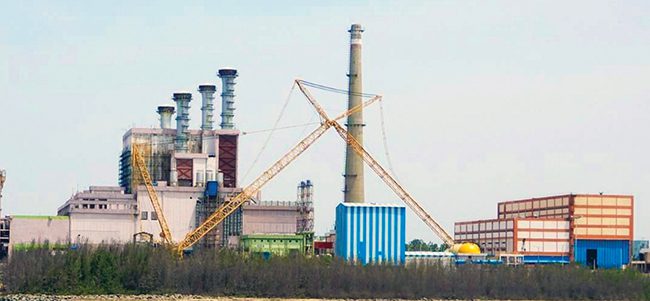SOURCE: AFI

In a recent discussion with Syed Muhammad Ali, host of World Echo News, Dr. Mansoor Ahmed, an Honorary Lecturer in the Strategic and Defence Studies Centre at the Australian National University, shared his insights on India’s expanding nuclear capabilities, particularly focusing on the Prototype Fast Breeder Reactor (PFBR) at Kalpakkam, Tamil Nadu. Dr. Ahmed noted that the PFBR’s capability to produce weapons-grade plutonium could allow India to add significantly to its nuclear arsenal, further influencing the region’s strategic landscape.
The 500 MWe PFBR at Kalpakkam is a pivotal part of India’s advanced nuclear program, which aims not only to diversify the nation’s energy sources but also to develop self-sufficiency in plutonium production. Dr. Ahmed highlighted that the reactor, once fully operational, could produce up to 140-150 kg of weapons-grade plutonium annually. This amount would support the development of a significant number of nuclear warheads, as it typically takes around 4-6 kg of weapons-grade plutonium per nuclear weapon. This could mean an increase in India’s nuclear weapon production potential by up to 35 warheads per year from this single reactor alone, based on available plutonium levels.
India’s nuclear energy strategy includes plans for additional Fast Breeder Reactors (FBRs), which could substantially increase its weapons-grade plutonium output. Dr. Ahmed emphasized that if India expands to 4-5 more PFBR units, each with similar production capacity, the annual production of weapons-grade plutonium could soar to approximately 700-750 kg. This level of output would translate to an ability to produce around 175 additional nuclear weapons per year, significantly increasing India’s arsenal-building potential.
The addition of more FBRs aligns with India’s “three-stage” nuclear power strategy, focusing on self-reliance in nuclear fuel and energy production while also enhancing the strategic nuclear deterrent. These reactors are designed to maximize the utilization of thorium—an abundant resource in India—but their production of weapons-grade plutonium as a byproduct is increasingly valuable from a strategic perspective.
The ramp-up in plutonium production capacity through multiple PFBRs has critical strategic implications, particularly given India’s complex security environment. An increased capacity for weapons-grade plutonium production could alter the regional balance, especially in South Asia, where nuclear deterrence and arms parity are key considerations for neighboring states. The growing nuclear capability could also influence India’s naval and air-based nuclear delivery systems, supporting a broader triad-based deterrence.
While India’s official stance on nuclear weapons remains focused on minimum credible deterrence and a no-first-use policy, enhanced production capabilities could provide India with a hedge against future regional contingencies. For India, this development adds flexibility in terms of force expansion without compromising its international non-proliferation commitments, as FBRs are viewed primarily as a component of its energy strategy.